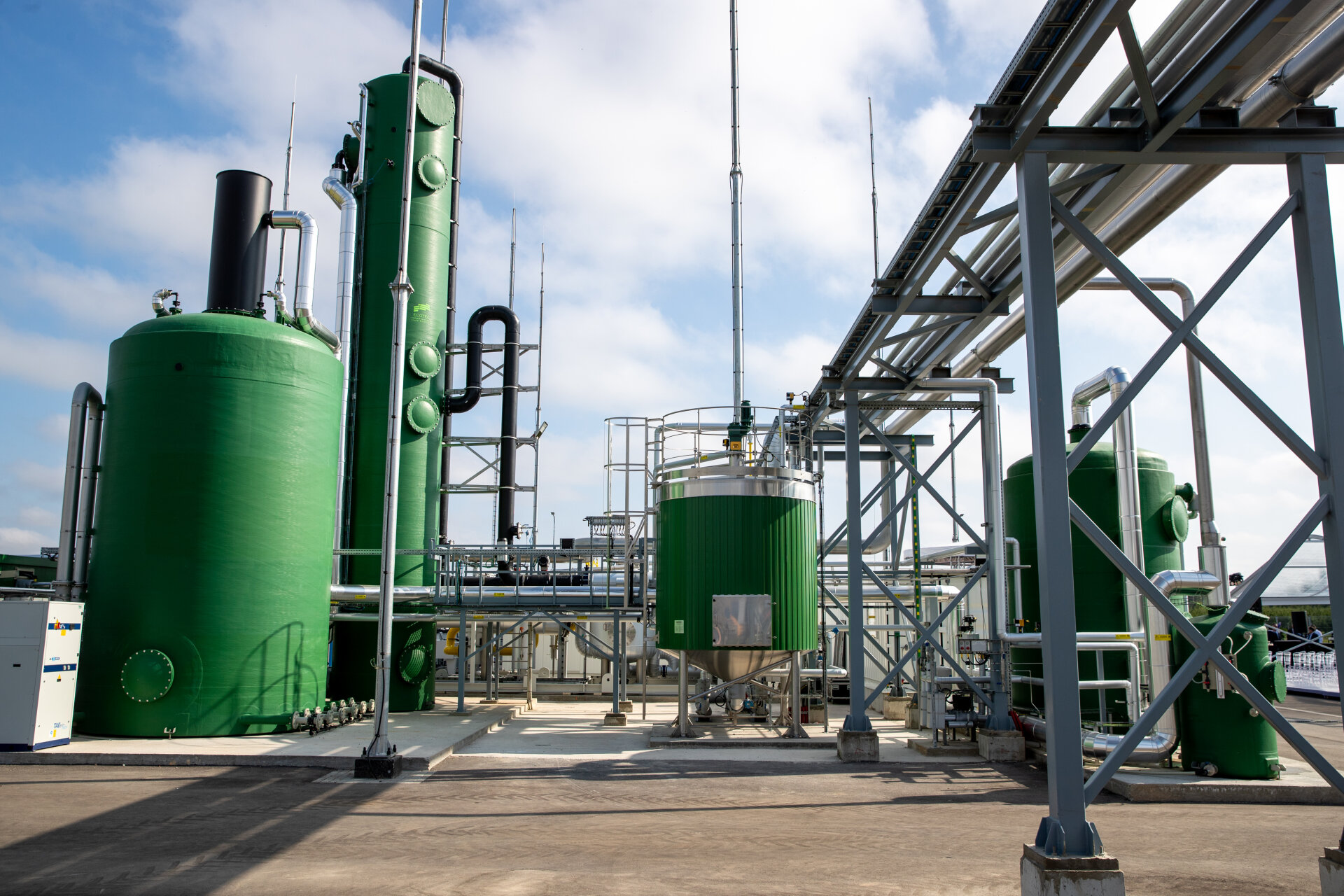
According to Amber Grid, the operator of the Lithuanian gas transmission system, Lithuania's gas consumption grew by one-third or 31% in the first three quarters of this year. In January-September 2024, the country consumed 12.2 terawatt hours (TWh) of gas, compared to 9.3 TWh in the same period last year. Demand for gas grew because of slightly lower temperatures at the beginning of the year and lower gas prices on the market. The latter reason has led to higher gas consumption in electricity and fertiliser production.
Lithuania's gas consumption statistics are complemented by locally produced biogas. During this period, around 100 gigawatt hours (GWh) of biomethane produced from agricultural waste were included into the Lithuanian gas transmission system. This amount of gas could heat around 8,000 households.
"The amount of biogas produced in Lithuania is boosting the rates of internally generated energy. We are also increasing the amount of biomethane in the grid by making it clear and easy for businesses to connect biogas plants to the gas transmission system. At the same time, trade in guarantees of origin for green gas is growing. We will continue to see progress in biomethane production and transfer. The third biogas injection point in northern Lithuania is currently being connected to the gas transmission system and several more points are planned to be connected in the near future," says Nemunas Biknius, CEO of Amber Grid.
In January-September 2024, almost 21 TWh of gas was transported through the Lithuanian gas transmission system, excluding the transit to the Kaliningrad region. This is 27% less than at the same time last year, when 28.8 TWh of gas was delivered to Lithuania. The reason for the lower gas transmission is that the Balticconector interconnection linking Estonia and Finland was out of operation at the beginning of 2024 until the end of April. As a result, the gas supply to Finland was not organised through the Lithuanian gas transmission system, but through the LNG terminal in Finland. In addition, the LNG terminal in Klaipėda was closed for more than a month as a result of the inspection.
The same infrastructure constraints have also had an impact on the much smaller gas flows to the Baltic countries and Finland. In the first three quarters of this year, 7.3 TWh of gas was transferred via pipeline to Latvia for storage at the Inčukalni underground storage facility and for the needs of the Baltic States and Finland. This is 56% less than at the same time last year, when 16.6 TWh of gas was transported in this direction.
Through the GIPL interconnection between Lithuania and Poland 1.1 TWh of gas to Europe was transported during January to September 2024. 7.3 TWh of gas was transported to the Inčukalns underground gas storage facility for the needs of Latvia and Estonia and for gas storage.
The Klaipėda LNG terminal, the main source of gas supply to Lithuania and the other Baltic countries, accounted for 78% (16.3 TWh) of the total gas transported into the system in January-September 2024. Flows from Latvia accounted for 15% (3.1 TWh), flows from Poland to Lithuania accounted for 7% (1.5 TWh), and almost 100 GWh of biomethane was injected into the system from biogas producers.